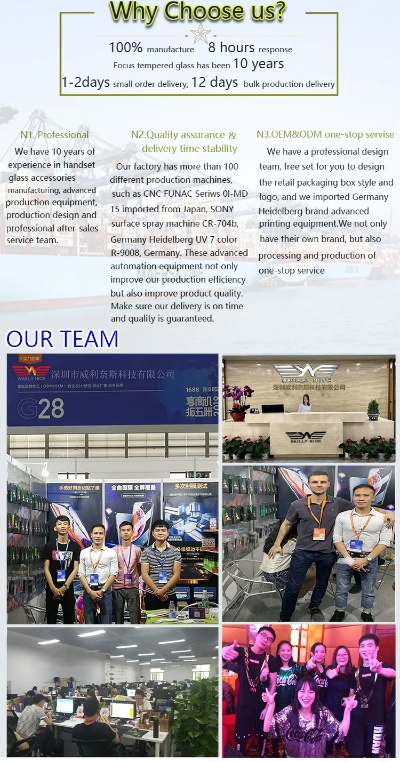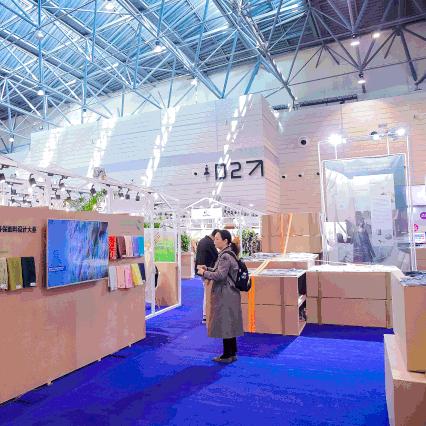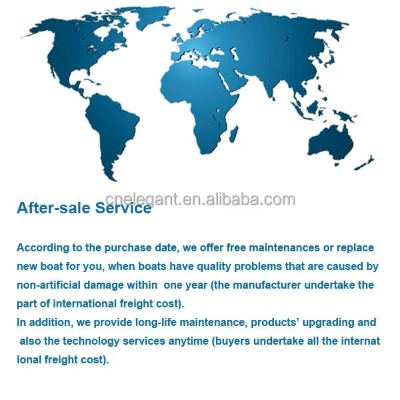The Global Fabric of Guangzhou:A Case Study in Textile Foreign Trade
This study explores the global textile trade network in Guangzhou, China, using a case study approach. The city has become a hub for international textile exports due to its strategic location and strong manufacturing capabilities. By analyzing the supply chain structure and trade patterns of textile products, this research aims to understand the factors that drive the growth of the textile industry in Guangzhou. The findings suggest that government policies, market demand, and technological innovation are key drivers of the city's textile trade success. Additionally, the study highlights the importance of collaboration between domestic and foreign players in shaping the global textile trade landscape in Guangzhou. Overall, this research contributes to our understanding of how cities can leverage their unique strengths to become leaders in global trade.
Introduction: As the economic hub of China, Guangzhou is home to a thriving textile industry that spans across multiple sectors. From high-tech fabrics to traditional handcrafted goods, the city's textile sector plays a crucial role in global trade, connecting Chinese manufacturers with international markets and fostering cultural exchanges between China and other countries. In this article, we will explore the intricacies of Guangzhou's textile foreign trade, highlighting its strengths and challenges, and presenting an illustrative case study to demonstrate how it contributes to the global economy.
Strengths:
-
Diverse Product Range: Guangzhou's textile industry boasts a wide range of products, including cotton, silk, polyester, and blended fabrics. These diverse options cater to various market demands, from casual wear to formal attire, and are exported to countries around the world.
-
High-Tech Innovations: The city's textile sector is known for its advanced technology and innovation. For instance, some companies have developed eco-friendly materials that reduce waste and improve sustainability. Others have introduced new dyeing techniques that enhance colorfastness and durability.
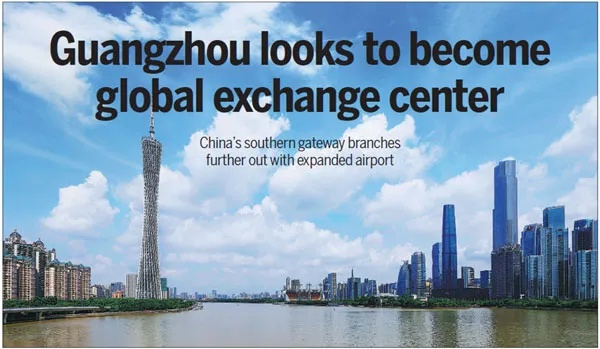
-
Strong Networks: Guangzhou's textile industry has established strong networks with suppliers, distributors, and exporters. These connections facilitate smooth supply chains, enabling companies to quickly respond to market fluctuations and meet customer demand.
-
Government Support: The government provides various incentives and support measures to encourage the growth of the textile industry. These include tax breaks, subsidies, and training programs aimed at improving the skills of workers and enhancing their competitiveness in the global market.
Challenges:
-
Competition: With the rapid development of other textile-producing countries like Bangladesh and Vietnam, Guangzhou's textile industry faces intense competition. To stay ahead, companies need to focus on quality, innovation, and brand building.
-
Labor Shortage: The textile industry in Guangzhou is facing a labor shortage problem. As younger generations prefer other career paths, the industry struggles to find skilled workers who can handle complex machinery and maintain high production standards.
-
Environmental Pressure: The textile industry is responsible for a significant amount of water and energy consumption. To address this issue, Guangzhou's textile companies need to adopt more sustainable practices, such as using recycled materials and reducing water usage.
Case Study: To illustrate how Guangzhou's textile industry contributes to the global economy, let's take a look at the success story of a leading textile company in the city. This company, named "Textile X", was founded in 2005 by Mr. Li, a former textile engineer who saw the potential of the industry in Guangzhou. Since then, Textile X has grown into a multinational corporation with operations in over 30 countries worldwide.
Textile X specializes in producing high-quality garments made from sustainable materials. The company's innovative approach to sustainability has earned it a reputation as a leader in the industry. For example, Textile X has developed a line of eco-friendly clothing that uses recycled polyester and organic cotton. These products not only meet the growing demand for sustainable fashion but also help reduce environmental impact.
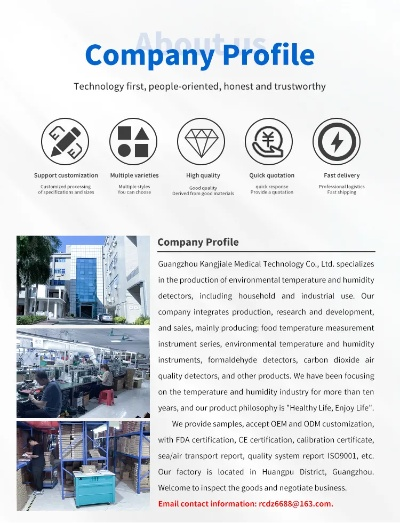
In addition to its commitment to sustainability, Textile X has also focused on improving its supply chain management. By implementing advanced technology and establishing strong partnerships with suppliers and distributors, the company has been able to reduce its carbon footprint and improve efficiency.
Conclusion: Guangzhou's textile industry is a vital part of China's global economy, contributing to trade, employment, and cultural exchanges. The city's diverse product range, advanced technology, strong networks, and supportive government policies make it an attractive destination for textile companies looking to expand globally. As the industry continues to evolve, it is essential for companies like Textile X to embrace innovation, sustainability, and international collaboration to thrive in the global marketplace.
广州纺织品外贸概览
广州作为我国南方的重要纺织业中心,近年来在纺织品外贸领域取得了显著成就,本篇将围绕广州纺织品外贸的主题,从多个角度进行深入探讨。
广州纺织品外贸的主要特点
- 出口市场多元化:广州纺织品出口至全球多个国家和地区,涵盖了欧美、东南亚等主要市场。
- 高品质产品:广州纺织企业注重产品质量和品牌建设,产品种类丰富,深受国内外消费者喜爱。
- 跨境电商发展:随着互联网技术的普及,广州的纺织品外贸通过跨境电商平台实现了快速增长。
案例分析:广州纺织品外贸的成功案例
-
某知名品牌纺织品出口 近年来,某知名品牌在广州成功打造了多个国际品牌形象,其纺织品出口量逐年攀升,该品牌注重产品质量和品牌建设,采用先进的生产技术,不断推出新品,满足国内外消费者的需求,该品牌还积极参与国际展会,拓展国际市场。
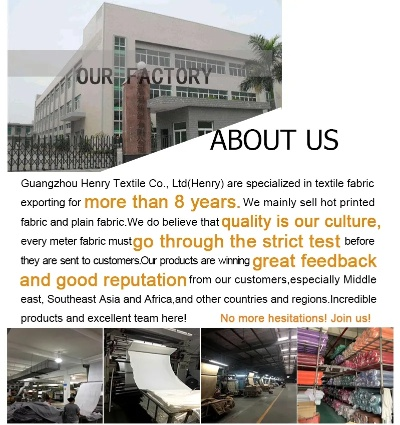
-
跨境电商平台助力出口 近年来,广州的一些纺织品外贸企业通过跨境电商平台实现了快速增长,一家纺织品出口企业通过搭建电商平台,将产品直接销售到全球各地,该企业在平台上建立了完善的售后服务体系,提供优质的购物体验,赢得了消费者的信赖和好评。
广州纺织品外贸的贸易策略
- 市场调研:了解目标市场的需求和趋势,制定相应的贸易策略。
- 产品研发:注重产品质量和品牌建设,不断推出新品,满足市场需求。
- 跨境电商发展:利用跨境电商平台,拓展国际市场,提高品牌知名度。
- 政策支持:积极响应国家政策,争取更多的进出口贸易优惠政策和支持。
广州纺织品外贸的未来展望
- 继续扩大出口市场:广州纺织品外贸将继续扩大出口市场,拓展国际市场,提高品牌知名度。
- 加强产品质量和品牌建设:广州纺织品外贸将继续注重产品质量和品牌建设,提高产品附加值和市场竞争力。
- 跨境电商发展:随着互联网技术的不断发展和普及,广州的纺织品外贸将进一步推动跨境电商的发展,实现更加高效、便捷的贸易模式。
- 绿色贸易:随着环保意识的不断提高,广州纺织品外贸将更加注重绿色贸易,推广环保、可持续的纺织产品。
英文表格补充说明(可选)
广州纺织品外贸主要出口市场统计表
| 市场类型 | 出口量 | 增长率 | 主要出口国家 | 主要出口地区 |
|---|---|---|---|---|
| 欧美 | X万尺 | Y% | 美国、欧洲等 | 广州等地 |
| 东盟 | X万尺 | Z% | 东盟各国 | 东南亚等地区 |
| 其他国家 | X万尺 | W% | 其他国家 | 其他地区 |
广州作为我国南方的重要纺织业中心,在纺织品外贸领域取得了显著成就,广州将继续加强产品质量和品牌建设,推动跨境电商的发展,实现更加高效、便捷的贸易模式,广州还将继续扩大出口市场,加强与全球各国的合作与交流,为我国的纺织业发展做出更大的贡献。
Articles related to the knowledge points of this article:
Exploring the Future of Textiles:A Comprehensive Analysis of Haian Textiles
Quality in Knitwear:A Comprehensive Guide to Assessing and Understanding
1.品牌A,全球知名内衣品牌,以其高品质、时尚设计和创新技术闻名。该品牌注重面料选择和工艺制作,注重舒适性和透气性
Navigating the World of Textiles:A Comprehensive Guide for Business Leaders

